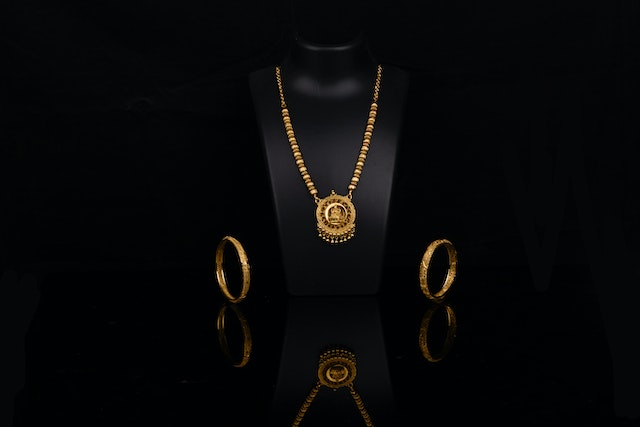Jewelry has a fascinating history that spans thousands of years, weaving its way through different cultures, civilizations, and epochs. From ancient amulets to contemporary statement pieces, the story of jewelry is a testament to human creativity, cultural significance, and personal adornment. In this blog, we embark on a captivating journey through the annals of jewelry history, exploring its origins, milestones, and the enduring allure that continues to captivate us today.
The Dawn of Adornment: The origins of jewelry can be traced back to the earliest civilizations, where humans adorned themselves with natural materials such as shells, bones, and stones. These early forms of jewelry held both practical and symbolic significance, serving as talismans, status symbols, and markers of identity within communities.
Ancient Mesopotamia and Egypt: In Mesopotamia and ancient Egypt, jewelry took on a more elaborate form. Intricate gold necklaces, beaded collars, and elaborate headdresses adorned the elite, signifying wealth, power, and religious beliefs. The use of precious gemstones, such as lapis lazuli and turquoise, added a touch of colour and opulence to these ancient treasures.
The Elegance of Ancient Greece and Rome: During the classical period, jewelry in ancient Greece and Rome showcased a harmonious blend of beauty and symbolism. Filigree work, intricate engravings, and the use of gemstones like pearls and emeralds exemplified the craftsmanship of the time. Jewelry often served as a symbol of social status, while also being worn to honour the gods and celebrate important occasions.
The Influence of Byzantium and the Middle Ages: The Byzantine Empire played a pivotal role in shaping jewelry history, with its opulent and intricately designed pieces. The use of enamelling, granulation, and gemstone settings showcased the empire’s advanced metalworking techniques. During the Middle Ages, jewelry continued to evolve, influenced by the Christian Church and the rise of guilds, with symbolic motifs and religious iconography dominating designs.
The Renaissance and the Age of Exploration: The Renaissance period brought a renewed focus on art and culture, and jewelry became an expression of individualism and wealth. Intricate cameos, elaborate necklaces, and ornate brooches were crafted with meticulous attention to detail. With the Age of Exploration, new gemstones, such as diamonds and pearls, were introduced to Europe, expanding the range of materials used in jewelry creation.
Art Nouveau and Art Deco Eras: The late 19th and early 20th centuries saw the emergence of two influential artistic movements that greatly impacted jewelry design. Art Nouveau celebrated nature’s organic forms, incorporating flowing lines, delicate enamelling, and the use of unconventional materials. In contrast, Art Deco embraced geometric shapes, bold colours, and the use of precious metals, reflecting the glamour and opulence of the Roaring Twenties.
Contemporary Expressions: In the modern era, jewelry design has become a canvas for experimentation, self-expression, and innovation. From minimalist designs to avant-garde creations, contemporary jewellery artists push the boundaries of materials, techniques, and concepts. Customization and personalization have become popular trends, allowing individuals to create unique pieces that reflect their own style and story.
Conclusion: Jewelry history is an enchanting tapestry that spans civilizations, cultures, and artistic movements. From the simple adornments of ancient times to the opulent treasures of royal courts and the artistic expressions of today, jewelry has evolved, always retaining its allure and significance. As we continue to appreciate and adorn ourselves with these exquisite creations, we pay homage to the enduring legacy of jewelry, where beauty, craftsmanship, and personal expression converge in glittering harmony.



